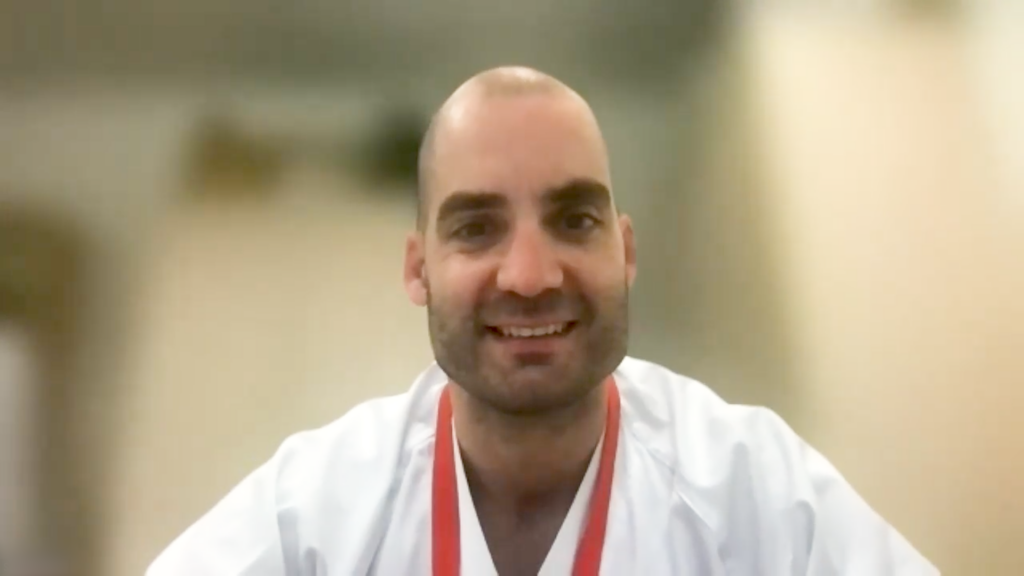 The European Society of Cardiology (ESC) 2025 Acute Cardiovascular Care Congress (#ACVC2025) in Florence, Italy (14-15 March 2025), brought together leading experts in cardiovascular medicine, showcasing the latest breakthroughs in heart disease research and patient care. A study presented at ACVC 2025 offered new insights into improving survival rates for individuals suffering from out-of-hospital cardiac arrest (OHCA).1,2 Led by Professor Aneta Aleksova and a team from the University of Trieste, Trieste, Italy, the research revealed that while bystander cardiopulmonary resuscitation (CPR) has increased over the past two decades, the speed in which CPR is initiated is far more critical to survival and long-term outcomes than who performs it.
The European Society of Cardiology (ESC) 2025 Acute Cardiovascular Care Congress (#ACVC2025) in Florence, Italy (14-15 March 2025), brought together leading experts in cardiovascular medicine, showcasing the latest breakthroughs in heart disease research and patient care. A study presented at ACVC 2025 offered new insights into improving survival rates for individuals suffering from out-of-hospital cardiac arrest (OHCA).1,2 Led by Professor Aneta Aleksova and a team from the University of Trieste, Trieste, Italy, the research revealed that while bystander cardiopulmonary resuscitation (CPR) has increased over the past two decades, the speed in which CPR is initiated is far more critical to survival and long-term outcomes than who performs it.
The study analyzed data from 3,315 patients with ST-elevated myocardial infarction (STEMI) who were admitted to University Hospital Trieste over a 22-year period (2003‒2024), including 172 who experienced OHCA. Among these, only 44 had received CPR from laypeople bystanders. Over time, the proportion of patients receiving bystander CPR grew from 26% in 2003‒2007 to 69% in 2020‒2024. The median time to return of spontaneous circulation (ROSC) was 10 minutes overall, with bystanders averaging 20 minutes, compared to 5 minutes for medical responders.
Statistical analysis identified lower left ventricular ejection fraction (LVEF), longer time to ROSC and older age as predictors of in-hospital mortality, after adjusting for rescuer type. Specifically, each 5-minute delay in ROSC and a 5-percentage-point decrease in LVEF were linked to a 38% higher mortality risk, while every 5-year increase in age was associated with a 46% greater risk of death. In a follow-up analysis (median 7 years), 18 patients (14%) died; however, the authors found no difference in mortality based on the type of rescuer.
The study’s findings highlight the importance of rapid response in cardiac emergencies, especially since 80% of OHCA events occur in residential settings. The study highlights the need for increased public education on Basic Life Support (BLS), in order to improve patient survival. They emphasized that, while bystander CPR may take longer than intervention by medical responders, it is still far better than no action.
In addition, the study observed that survival rates in this group of patients were higher than usual, likely due to several factors, which could include a strong emergency healthcare system or a higher-than-average proportion of bystanders being trained in CPR. Furthermore, many of the patients had STEMI: a heart attack type with better recovery potential than OHCA with other cardiac and extracardiac causes.
References
- Aleksova A, Fluca AL, Janjusevic M, et al. Importance of immediate bystander life support on short and long-term survival of patients with out-of-hospital cardiac arrest and myocardial infarction. Presented at: ESC Acute CardioVascular Care 2025, Florence, Italy, 14 March 2025. Available at: https://esc365.escardio.org/presentation/295506 (accessed 28 March 2025).
- European Society of Cardiology. Resuscitation in out-of-hospital cardiac arrest – it’s how quickly it is done, rather than who does it. [Press release]. 2025. Available at: www.escardio.org/The-ESC/Press-Office/Press-releases/resuscitation-in-out-of-hospital-cardiac-arrest-it-s-how-quickly-it-is-done-r (accessed 27 March 2025).
Citation: #ACVC2025 Study Highlights the Importance of Rapid CPR in Improving Survival After Out-of-Hospital Cardiac Arrest. touchCARDIO. 28 March 2025.
Disclosures: This article was created by the touchCARDIO team utilizing AI as an editorial tool (ChatGPT (GPT-4o) [Large language model]. https://chat.openai.com/chat.) The content was developed and edited by human editors. No funding was received in the publication of this article.
Register now to receive the touchCARDIO newsletter!
Don’t miss out on hearing about our latest peer reviewed articles, expert opinions, conference news, podcasts and more.













